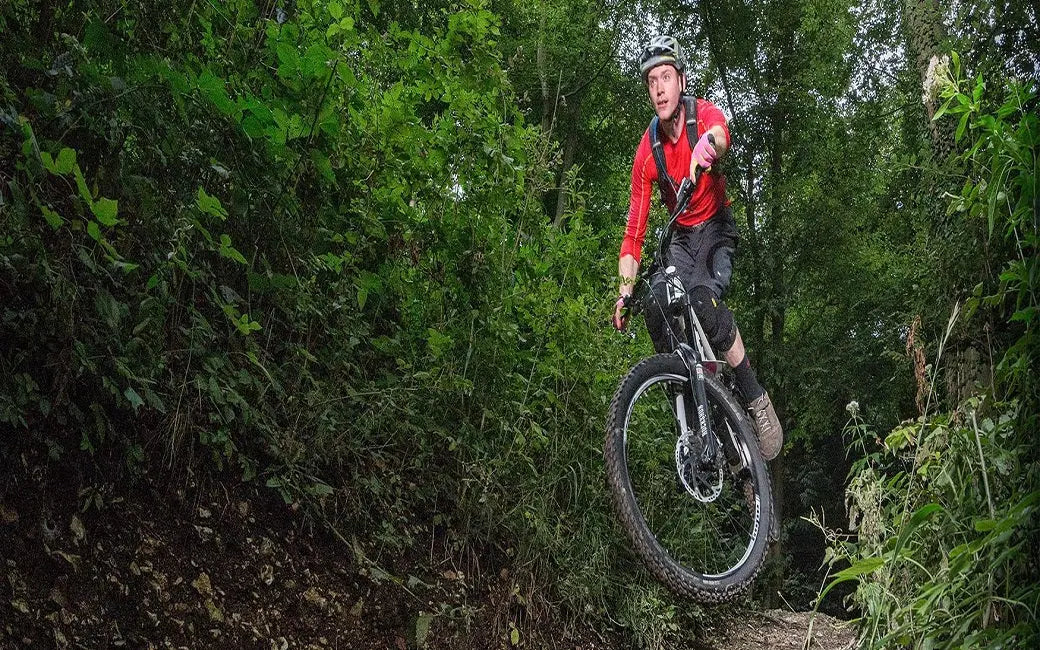
- by HOVSCO Official
What Should You Know About Electric Bike Brakes?
- by HOVSCO Official
Electric bike brakes are essential for safety and performance. Knowing the types—rim, mechanical disc, hydraulic disc, and regenerative—helps you pick the right system. Regular maintenance ensures reliability. Choosing depends on your ride style, terrain, and preferences.
The main types of e-bike brakes are rim brakes, mechanical disc brakes, and hydraulic disc brakes. Rim brakes press pads against the wheel rim, while disc brakes use calipers to squeeze a rotor on the hub for stronger stopping power. Hydraulic disc brakes offer better modulation and less maintenance than mechanical versions. Each type provides different performance levels suited to various riding styles and conditions.
Hydraulic disc brakes use fluid to transfer force, offering smoother and stronger braking with better modulation. Mechanical disc brakes operate via cables, similar to rim brakes, and require more frequent adjustment. Hydraulics require less hand effort and deliver more consistent stopping power, especially in wet or muddy conditions. Mechanical brakes are easier to maintain but less precise, making hydraulic brakes the preferred choice for performance and safety.
| Feature | Hydraulic Disc Brakes | Mechanical Disc Brakes |
|---|---|---|
| Operation | Fluid-based | Cable-based |
| Braking Power | Strong, consistent | Moderate |
| Maintenance Complexity | Higher (fluid checks, bleeding) | Lower (cable adjustments) |
| Cost | More expensive | Budget-friendly |
| Modulation (Control) | Excellent | Average |
Regenerative braking captures kinetic energy during braking and converts it into battery charge, extending the e-bike’s range. It reduces wear on traditional brakes by assisting in slowing the bike. Though not as powerful as disc brakes, it provides energy efficiency benefits and smoother deceleration. Regenerative braking is especially useful in stop-and-go urban riding and hill descents, complementing mechanical braking systems.
Regularly check brake pad wear, rotor condition, and cable tension or hydraulic fluid levels. Clean rotors and pads to prevent dirt buildup that reduces braking efficiency. Adjust cable tension for mechanical brakes or bleed hydraulic systems to remove air bubbles. Test brakes frequently for responsiveness and replace worn parts promptly. Proper maintenance ensures safety, smooth braking, and prolongs brake system life.
Hydraulic disc brakes suit aggressive riders and off-road use due to their strong, precise stopping power. Mechanical disc brakes fit casual riders seeking easier maintenance. Rim brakes work for light commuting and dry conditions but lack power in mud or rain. Choose brakes based on terrain, weather, and riding intensity to ensure optimal safety and control.
| Riding Style | Recommended Brake Type | Why? |
|---|---|---|
| Urban Commuting | Mechanical Disc Brakes | Easy maintenance, cost-effective |
| Off-Road / Mountain | Hydraulic Disc Brakes | Superior power and control |
| Long-Distance Touring | Hydraulic Disc Brakes | Less hand fatigue |
| Casual Riding | Rim Brakes | Simple, sufficient for flat terrain |
Signs include squealing or grinding noises, reduced stopping power, and spongy brake levers. Visible pad thinning, rotor warping, or fluid leaks also indicate issues. If brakes pull unevenly or require excessive lever travel, they need adjustment or replacement. Ignoring these signs can compromise safety, so timely inspection and servicing are essential.
Purchasing Advice
"Safety is our top priority at HOVSCO. By offering high-quality braking systems tailored to different riders, we help everyone enjoy secure and confident rides no matter their style or terrain."
Can I upgrade my e-bike brakes?
Yes, many models allow brake upgrades. Consult a professional for compatibility.
How often to replace brake pads?
Replace when pads are thinner than 3mm or braking feels weak.
Are regenerative brakes enough for stopping?
No, they supplement but do not replace primary brakes.
Share:
What You Need to Know About Choosing Pedals
What to Look for When Choosing Electric Bike Tires for Performance and Safety